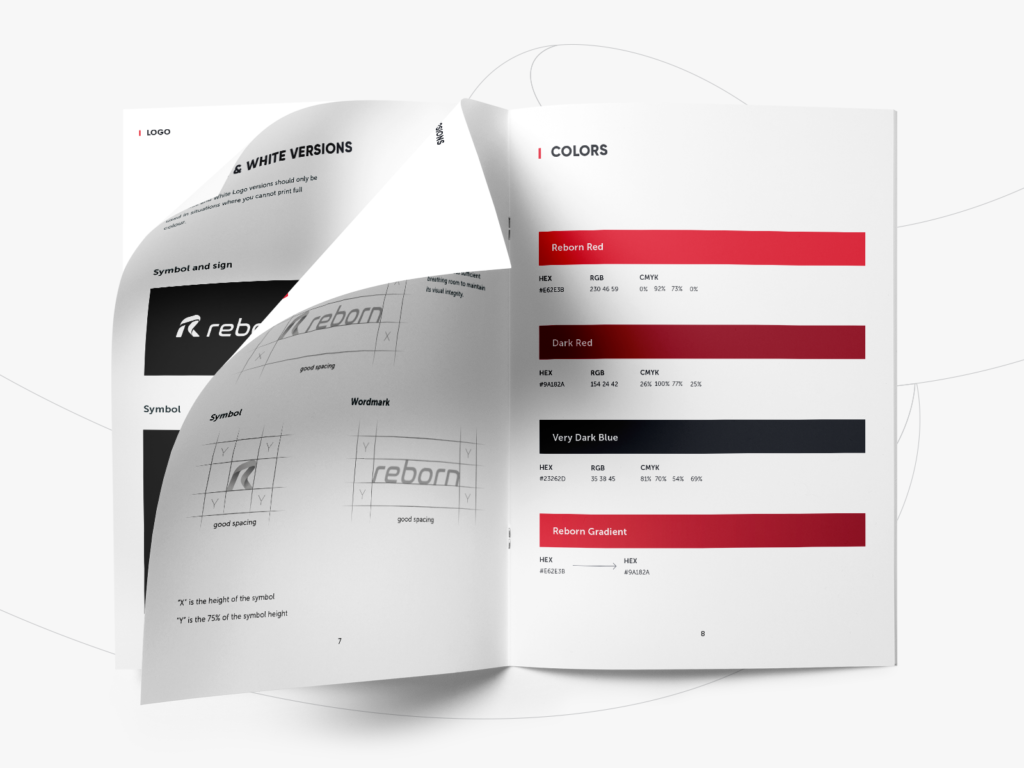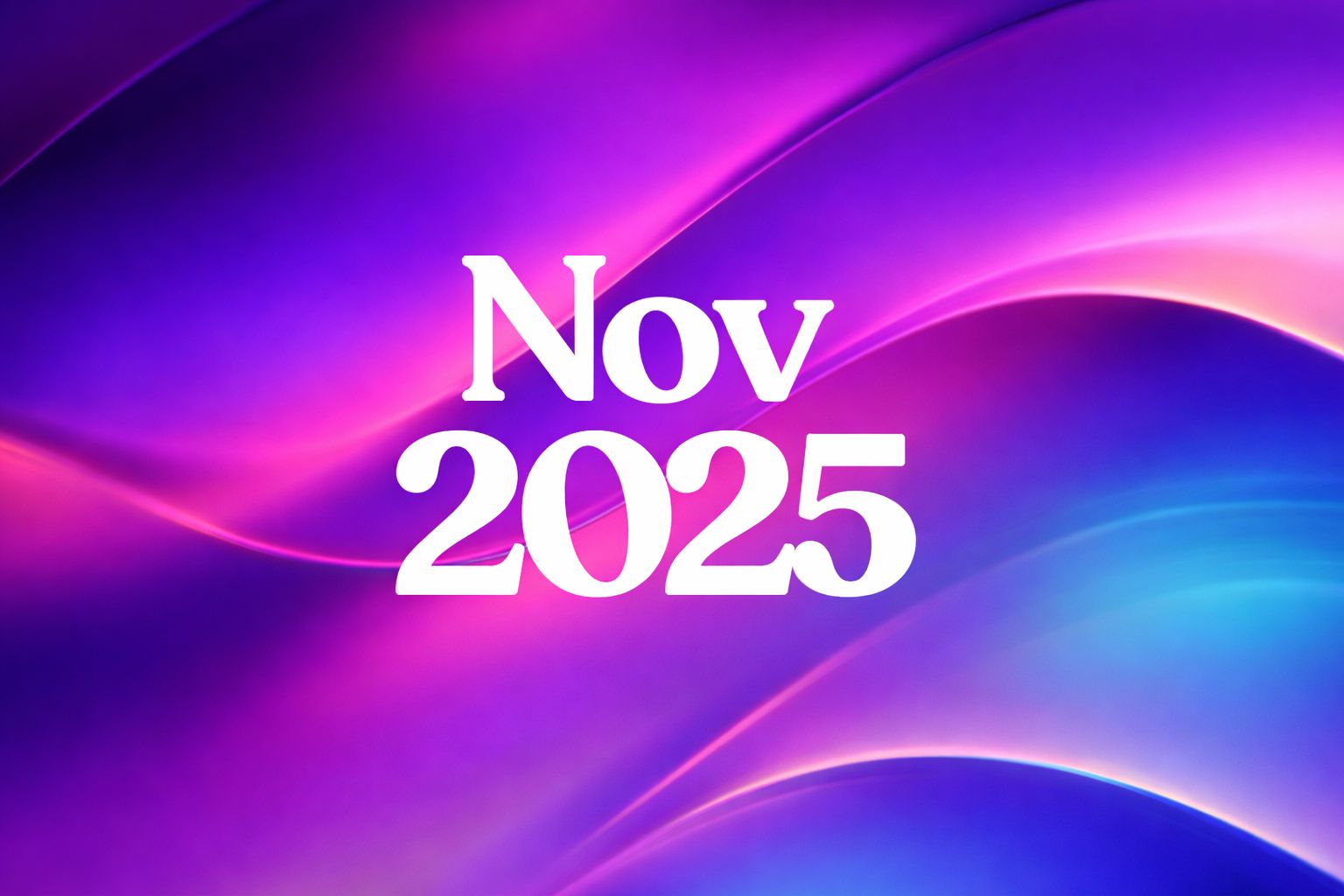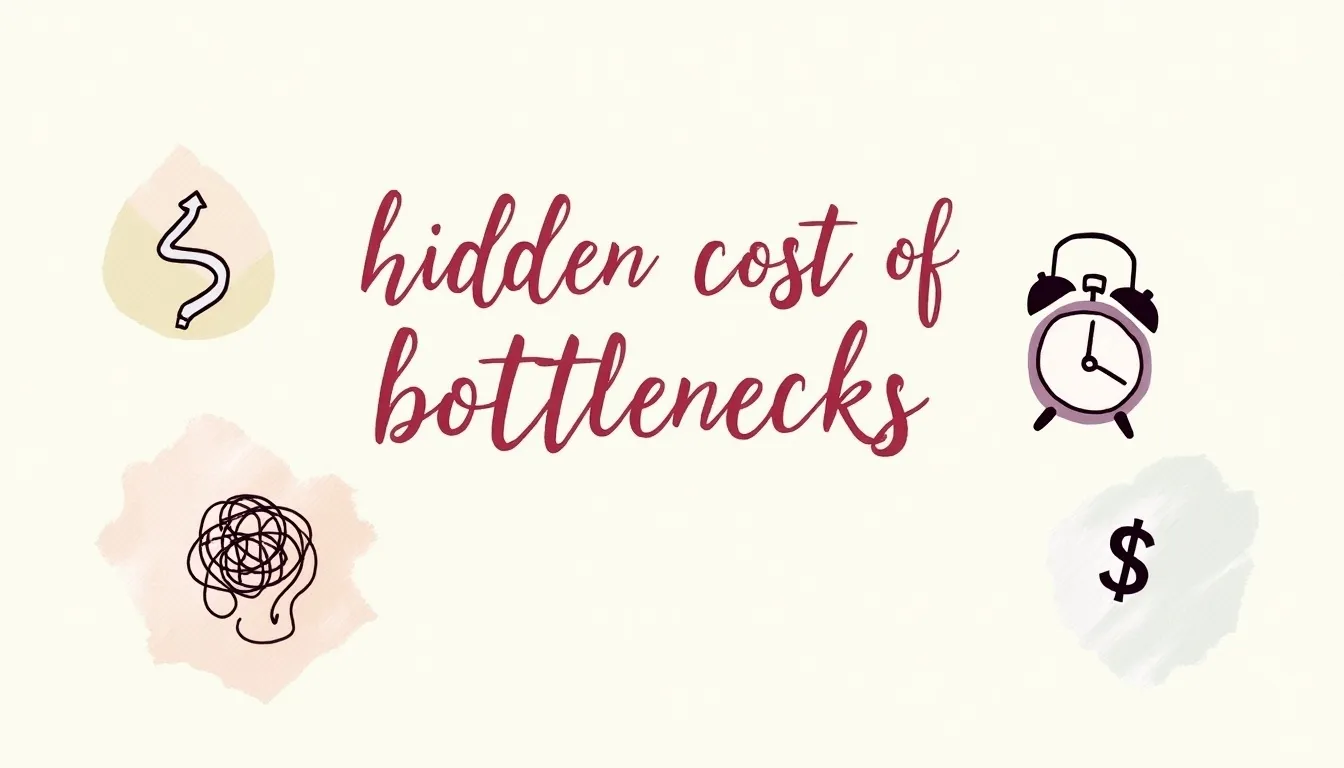A design brief is a key document that will start off your project. If you write an awesome design brief, you’ll have everyone on the same page. However, if you don’t, coming to an agreement with the client can be challenging.
Writing a design brief will give your project a better flow. It will also get the client excited about your collaboration. Simply put, a design brief can be the most powerful project management tool. That is if it’s well-written.
If you want to write a great design brief, here is everything that you need to know. Keep these tips in mind, and you’ll have no worries.
1. Keep It Simple and Comprehensive
The design brief is often shared in an email. If you don’t make the design brief easy to understand, the clients can misunderstand you or reject the project.
While writing the design brief, focus on making it comprehensive and understandable. Don’t be too elaborate because the client can get confused.
Retain their interest with a clear overview of your situation. The brief is just the initiation of your collaboration. You’ll get to all the specifics later on.
2. Decide on the Components
Now, you have to decide what to include in the brief. Before you start writing about each aspect, make a list. Here are the general components of the design brief that you should include:
- Company overview
- Objectives
- Target audience
- The challenge you are facing
- Style inspiration
- Budget and schedule
These are some basic elements of the design brief, but they can vary depending on the type of project. You probably won’t have the exact same elements for a branding brief, and re-branding brief, or web design brief.
Now, let’s get into more detail about what you need to write down in each element.
3. Include Company Overview
Start with introducing your business and the sector you are in. Including information about your company is important for a client to understand the type of collaboration you’ll have.
Company overview also helps them get a better idea of your brand and with whom they’ll cooperate on the project.
In the company profile section, write about:
- Who is your brand
- What makes you different (your unique value proposition)
- Your brand’s values, mission, and vision
- Your work process (prices, where are you selling products, where do you get the most traffic from, etc.)
4. Write Down Objectives
Specify the project objectives and be as precise as possible. Let’s say that you want to design a website. State in the design brief what aspects of design are most important for you. It can be mobile-friendly design, intuitive navigation, or an increase in traffic. You can even state, for example, that you wish to achieve a 30% increase in traffic by X date.
The more the client knows about your objective, the easier it will be for them to access how to approach the project. “Clear objectives are most important for designers. If you outline your objective’s in the brief, the designer can make a rational decision whether he can help you with that goal or not,” Amanda Powell, a designer and technical writer at BestEssaysEducation and SupremeDissertations.
5. Describe Your Target Audience
The design needs to solve the problems for your audience. That’s why the client needs to know who your target audience is.
In the brief, write the following information about your audience:
- Demographics (age, gender, education, employment, family structure, etc.)
- Their likes, dislikes, interests, and preferences
- Typical customer behavior
- Triggers that make them leave the website (especially if it’s a web design brief)
- Their goals
- Remarks they made about your business
It would be very helpful that you create 2 or 3 customer personas to make the information about the target audience more understandable.
6. Explain the Challenge You Are Facing
The next step is to write about the challenges that you want to overcome with a fresh design. Dig deep into problems that your business has and share them in this section.
For example, the problem can be that your landing page doesn’t motivate users to continue browsing through your website. Whatever it is, this is the place to write it down.
You need to be very clear and expressive about your challenges. If you’re having a tough time writing a comprehensive text, you can hire writing services like TrustMyPaper or TopEssayWriting to help you out. Or, you can use online editors such as Grammarly or Hemingway Editor to polish the brief up.
When your client understands your challenges, it will be easier for them to get an idea of how to solve them.
7. Share Style Inspiration
Let the client know what you have in mind style-wise. You don’t have to be specific if you aren’t certain yet, but you can share some design styles that you like. Even if you want to keep some aspects of your current design, write about what you would like to change and in which direction that change should go.
This is also where you can mention the competitor’s style that you admire and that your target audience likes. It can give the designer a better perspective on the type of style that works for your audience.
8. Set the Budget and Schedule
Lastly, it’s time to talk about numbers. Be transparent from the very start by sharing your expectations. These expectations include the budget and timescale.
When you are clear about how much money you can spend and how much time you have for the project, you won’t waste anyone’s time. Instead of going back and forward with different propositions, the designer or the agency can work on a proposition that is within your budget, and that considers your timescale.
The Time Has Come…Get to Writing!
With a great design brief in your hands, you’ll have something concrete to offer to the client or agency. The design brief puts your ideas into reality and gives clients a solid reason to work on your project. If you follow these tips and approach writing a design brief seriously, you’ll get one step closer towards finding the right client or agency for your collaboration. Remember – an awesome design brief can bring you successful partnerships and, moreover, a great design.
Also have a look at how to manage clients in the designing industry here.
Kristin Savage nourishes, sparks, and empowers using the magic of a word. Along with pursuing her degree in Creative Writing, Kristin was gaining experience in the publishing industry, with expertise in marketing strategy for publishers and authors. Besides working as a freelance writer at GrabMyEssay, she also does some content editing work at ClassyEssay and Subjecto. In her free time, Kristin likes to travel and explore new countries around the world.





























